To borrow a line from The Clash, “London’s burning”. And the photographs of the mayhem are stunning. The above shot here is by Amy Weston/WENN.com, as seen in NY Mag. (That image and a bunch more images from NY Mag here).
I’ve been been near riots of this magnitude on two occasions – Paris in 2005-6 and Seattle WTO riots – neither of which I photographed. I’ve also seen a guy get hit by a car and had my camera at the ready but did not shoot. And plenty of other things that I’ve not wanted to photograph. As a pure photographer, only-career-I’ve-ever-had guy, I’m not sure what’s in me that doesn’t pull me to want to shoot so many of these photos, even when I’ve had the chance (like this post). I’m deeply moved by such images -ala London riots, or trama, or the war in Afghanistan. Often times these images are so important to our culture, but at other times it’s shallow and cold to shoot them. I’m especially conflicted with the images coming out of London.
How about you… When do we shoot? When do we help or decide not to spread the horror?
UPDATE: Interview with the photographer (Amy Weston) that captured the stunning photograph in the earlier post below in an article over here at my Google+ page …offers some insights into what she was thinking and plays well with the ongoing discussion here on the blog and over at my Google+ page. (Add me to a circle if you’re G+ing so I can meet you too).

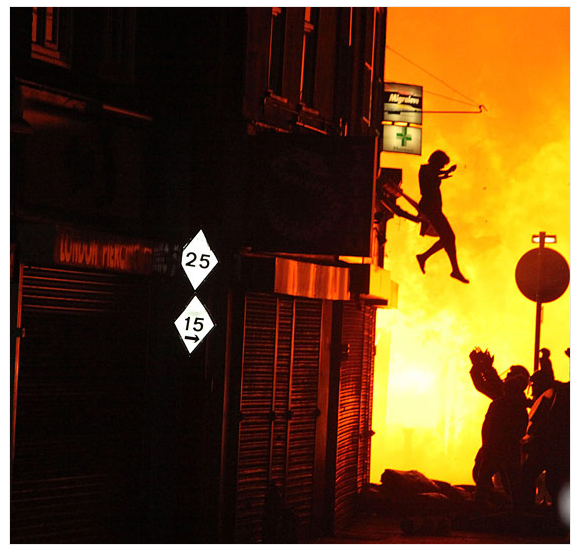






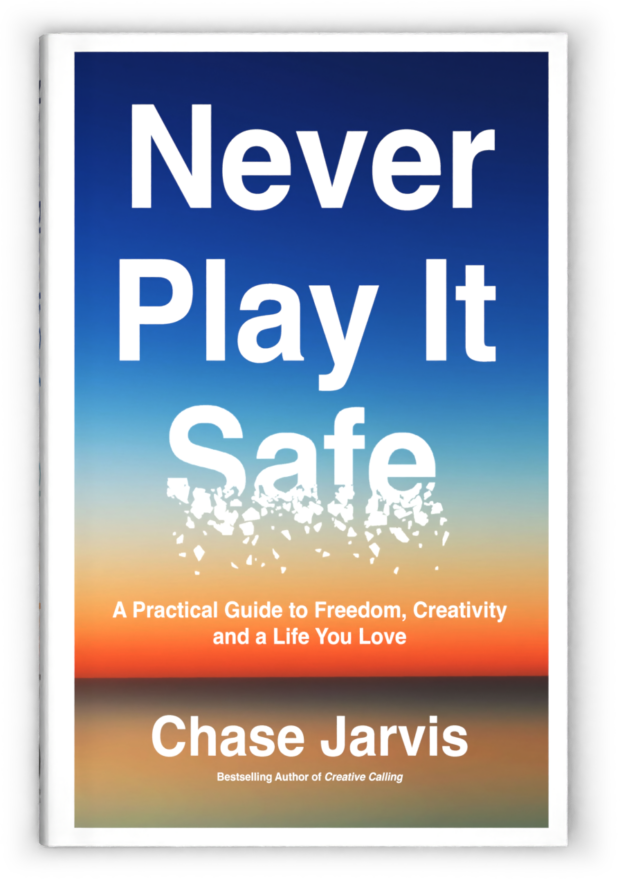










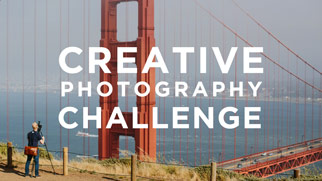
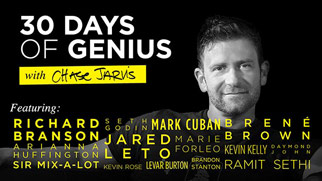
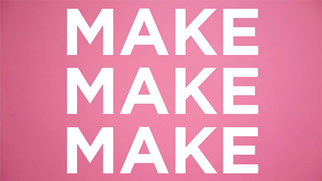
Why should we be so reliant on video or photos to remind us of bad things (like the riot above) happened. The written word is still a very strong tool (as you can see through a blog such as this). If one can not or doesn’t feel it’s right to photograph a situation and instead help another in need, why not share that instead in either writing or word of mouth to fellow friends and strangers. Remind people how good it feels to help rather than to share a horrific moment someone else had.
Saying that, I understand some are not very good story tellers and able to paint a feeling with words. In that case, maybe take the picture to remind yourself how you felt and share it with others.
(excuse my grammar. I try but am not the best)
I don’t think that it’s an issue of being reliant on video or photographs, it’s just that the image carries a very powerful message that stays in our minds much longer. Many words have been written about the riots in the UK, as well as tragedies throughout history. When we associate those events with an image, it makes it real for people, especially those who are not directly experiencing the event. It is one thing to read about the riots, the refugee camps in Kenya, the earthquake and tsunami in Japan, the destruction of the World Trade Center, the Rwandan genocide, the holocaust, the destruction of Hiroshima in 1945 . . . , but the images give us an immediacy to event that allow people to feel what the written word cannot convey. That’s why Amy Weston’s image that was used to start this discussion is so important.
If we didn’t think images have tremendous power we would all be writers instead of photographers.
It saddens and frustrates me that you question even for a second whether or not this type of documentation is necessary. It’s fine if you don’t have the stomach for it but this type of photography is far more important to us as a society than any commercial job you will ever do.
Well said Chase.
As a combat photographer in Iraq and Afghanistan I think it is important to capture the moment, the human story. Not so much of a question as to take the photo or not to, but rather how you use that photo to tell the story and hope some good comes from it. I am now out of the Marine Corps and shoot fires and draw the line at photos that show the identity of the subject out of respect for their personal suffering.
I’d be shooting everything I can or felt safe to. I think of all the world press awards and precious winners, most are from these kinds of events, pure mayhem and violence be it a riot or a war.
I think I agree with the general sentiment – help first, shoot later – but a story without shots won’t achieve anything and could be moulded into anything people want it to be. Snaps don’t let this happen.